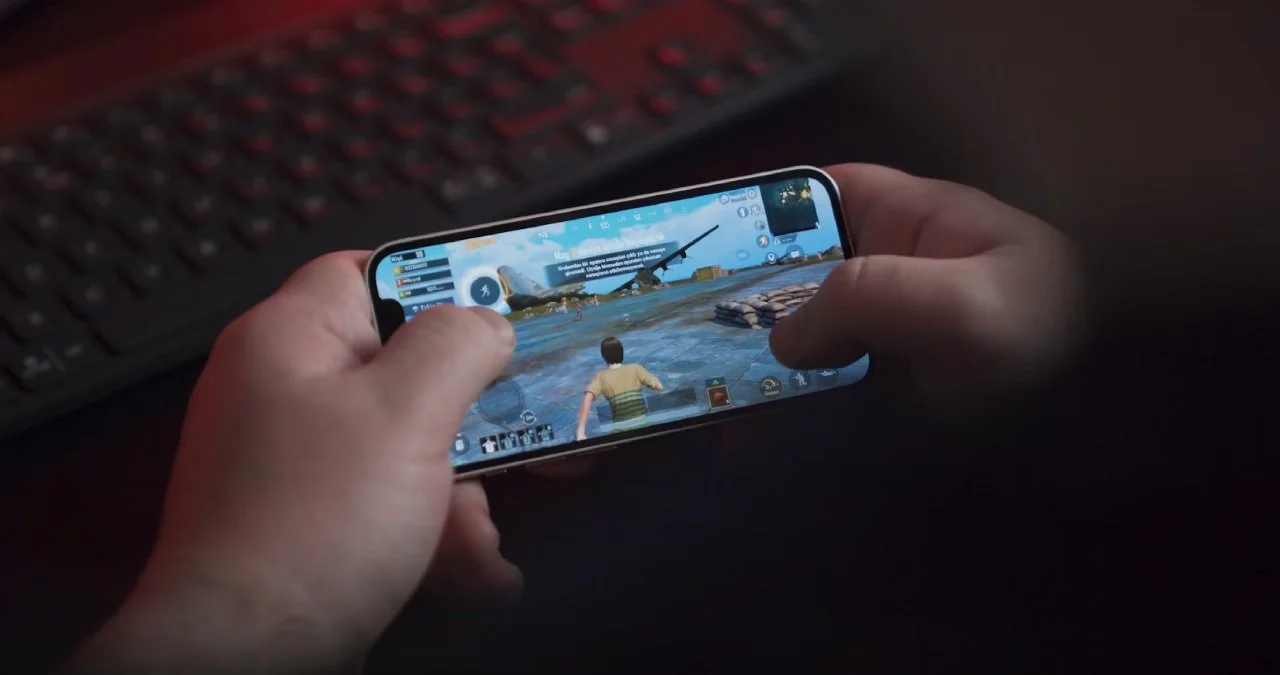There’s rising concern about distracted or negligent driving, with measures like illegally exceeding cars, breaking speed limits, or overtaking vehicles being commonalities among many people. Experts have been watching the possible links between today’s drivers and their spare time habits, finding potential correlations between those who are or have engaged in playing racing video games and those unfamiliar with these activities. Obviously, it’s not every game player whose driving habits are impacted by their passion, but a rather smaller – but essential – category of exceptions.
Experts have been noticing potential associations with road fatalities of younger drivers as car racing game sales have broken record after record over the past twenty years. Real-life driving is not anything like virtual simulation driving, not even when using modern VR goggles. The blend of life-like designs and ever-improving AR technology may make driving virtually feel as close as possible to real-life driving, but rules and improbabilities aren’t that impactful in games. For safety reasons, we’re looking into expert findings and research to shed light on the issue of active video racing and driving games and gamers who seek the virtual space’s thrill in traffic.
Metaverse – beyond the craze
Metaverse technologies are transforming industries like education, virtual reality, communication, and so on, and gaming isn’t an exception. This technology can overlap more worlds and transform everyday tasks into game-like levels to accomplish.
Recent studies indicate that immersive virtual driving activities may have an effect on real-world driving habits, bringing about both advantages and downsides. On the positive side, such environments help drivers practice decision-making and learn to spot hazards, helping them develop an eye for visual elements that occur unforeseeably. Nevertheless, there’s also research that suggests that excessive exposure to impracticable driving games might promote aggressive driving reactions or distort risk perception as players get used to environments that don’t pose actual threats and consequences. For instance, wrongfully crashing a car in a virtual game generates feelings of frustration – unless the accident wasn’t on purpose.
On the other hand, drivers may not realize that, in reality, legal action can be taken against negligent driving. If you find yourself injured in an accident that’s caused by someone else’s recklessness and fault, you may be eligible to claim compensation for being involved in the car accident. On the other hand, the offender may also be able to sue the company that sold the car if an operational or manufacturing error led to the disaster, and they’re liable for that.
When it comes to virtual racing and real-life driving, it’s essential to draw a difference and get only what’s good from modern digital technologies.
Driver training applications
In today’s increasingly digitized realm, taking advantage of the sophisticated technologies on the market is advised when the outcome doesn’t hurt anyone. The metaverse is being used more and more for driver training, such as training in the medical or communication spaces, among others. For example, companies like UPS have employed VR-based training programs to assist new entries in developing the needed skills to carry out their job duties on the streets. The activities are intended to help drivers nail complex manoeuvres and practice emergency scenarios.
Such programs can simulate numerous weather conditions that raise driving difficulty in live environments, like road frost and excessive heat. At the same time, they help drivers become familiar with their vehicles, having the advantage of knowledge when they first step into the given car. Engaging in simulated contexts can allow drivers to gain experience before using actual vehicles, but it’s best to be done in supervised environments.
Why we need to make a case for Roblox
Roblox is on the lips of every kid these days, so clearly, it has an impact on the growth of tomorrow’s adults. This game-full platform offers a real-world example with the “Ultimate Driving” app that managed to amass more than 500MN players.
It was a simple game at first, intended for spare time play, but progressed to incorporate realistic road signs, traffic rules, and driving dynamics. Some schools suggested that those who had previously engaged in this game before attempting to get familiar with cars and driving showed a better initial understanding of the basics.
If you want to play metaverse or video driving games to improve your knowledge, there are a few reasons that may encourage you in your undertaking. The possible benefits emerging from driving in virtually simulated environments may include better development of spatial orientation, the ability to repeat situations, safe space to try manoeuvres in urgent situations, and budget-friendly training sessions.
The risks
As expected, there are some risks you shouldn’t take lightly if you engage in video racing and driving games. It’s possible to develop overconfidence, seeing that you’re winning reward after reward and breaking level after level. This misleading pride and idealism could make real-life dangers seemingly lose importance or appear less grave than they are.
At the same time, it’s essential to make the difference between the real-world consequences of reckless driving and the games’ aftereffects. Some driving laws might seem similar, but you need to disconnect between real and virtual contexts, for they’re nothing alike.
Lastly, there’s always a risk of transferring in-game habits to real-life driving. It’s about the natural reactions developed in the simulated setting that might be within reach when you’re caught off-guard in a dangerous traffic context.
The simplified in-game physics can lead to unrealistic expectations, exaggerating your driving skills and understanding the real perils of collective driving.
Bottomline
While technological progress has made driving and racing games feel more vivid and similar to real-life traffic activity, it’s important to disconnect between them two. Hopeffully, if you play racing video games, you’ll use these emerging technologies as aiding tools instead of complete replacements for traditional driver education. Like any tool, it’s how you use the metaverse and video racing apps, and not what they’re built for. Always prioritize your safety and that of other traffic participants!

















